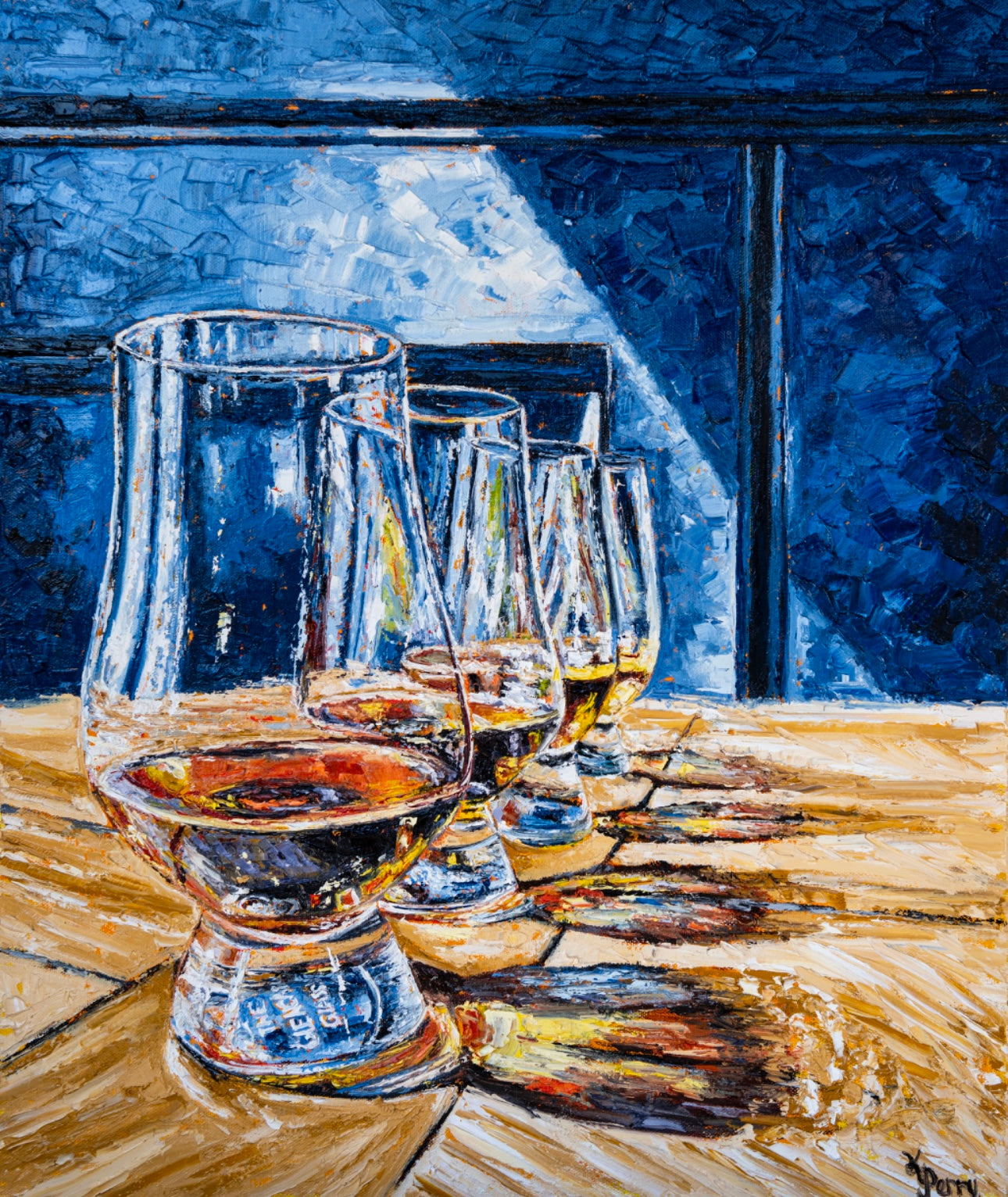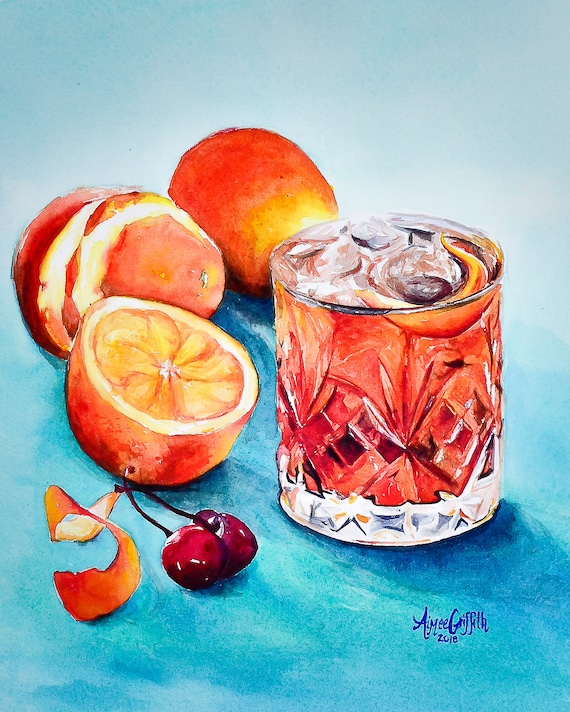Change Your Room with Sensational Whiskey Art Inspired by Nature
Change Your Room with Sensational Whiskey Art Inspired by Nature
Blog Article
The Importance of Whiskey Art in Celebrating Heritage and Craftsmanship in the Beverage Industry
The detailed connection in between bourbon art and the event of heritage and craftsmanship within the drink sector can not be overemphasized. Through thoughtfully made tags and containers, scotch brands envelop their historic roots and the artisanal abilities that specify their production methods.
The Historic Roots of Whiskey
At the heart of bourbon's appeal lies a rich tapestry of historic roots that trace back to ancient worlds. The origins of scotch can be linked to the purification techniques of the Sumerians and Babylonians around 2000 BCE, where very early forms of fermented grain drinks started to arise. Nevertheless, it remained in the Middle Ages that the art of distillation evolved significantly, specifically in Ireland and Scotland, causing the development of bourbon as we recognize it today.
The term "bourbon" itself originates from the Gaelic word "uisce beatha," suggesting "water of life." This expression highlights the social significance of bourbon in Celtic cultures, where it was frequently related to routines, parties, and common bonding. By the 15th century, purification ended up being an identified craft within reclusive communities, leading the way for the establishment of lawful distilleries.
As profession paths expanded, whiskey's popularity grew, going beyond local boundaries and catching the passion of lovers worldwide. Realism Art. This historical trip reflects not just the workmanship behind bourbon production but likewise its essential role in social and social contexts, noting it as a substantial drink throughout background
Artistic Expression in Branding
Bourbon branding stands as an engaging junction of virtuosity and commerce, where visual identification plays an important role fit customer understanding. The aesthetics of whiskey tags, product packaging, and marketing materials show not just the brand name's story but also its core worths and heritage. Via creative expression, distilleries share a story that resonates with consumers, stimulating feelings and stimulating connections.
Using color, typography, and images in branding serves to set apart products in a saturated market. Typical motifs may stimulate a feeling of credibility and craftsmanship, while modern designs can indicate development and forward-thinking. This tactical artistic instructions enhances brand recognition and commitment, allowing customers to create an individual relationship with the whiskey they select.
Additionally, imaginative expression in branding usually functions as a party of local heritage. Distilleries often incorporate neighborhood symbols or historic referrals right into their layouts, creating a local color that invites consumers to engage in a more comprehensive cultural experience. Ultimately, the creativity behind bourbon branding not just enhances aesthetic charm yet likewise enhances the overall narrative of the brand name, cultivating a much deeper admiration for the craftsmanship and heritage ingrained in each bottle.
Workmanship in Bottle Style
The artistry noticeable in scotch branding extends beyond visual identification to encompass the craftsmanship involved in container layout. Each bottle offers as a vessel not simply for the spirit within, however also for the story it tells about its beginning, high quality, and practice. The design procedure needs meticulous attention to information, as elements such as closure, shape, and material contribute dramatically to the total assumption of the whiskey.
Craftsmanship in bottle layout includes selecting high-quality glass that can enhance the bourbon's color and clearness, while likewise offering a tactile experience for the consumer. The shape of the container need to be both cosmetically attractive and functional, typically reflecting the heritage of the brand name. Numerous distilleries choose special forms or embossed logo designs that evoke a feeling of credibility and history.
In addition, the tag layout and typography play a crucial function in communicating the brand's story. Bourbon Art. A well-crafted bottle not Learn More only astounds the consumer's eye yet additionally reinforces the brand's commitment to quality and tradition. By doing this, the workmanship of bottle layout becomes an important aspect of the whiskey experience, merging virtuosity with an extensive regard for heritage
Social Significance of Scotch Art
Commemorating custom and workmanship, the social importance of whiskey art goes beyond mere visual appeals, intertwining with the historic and social narratives of the regions from which it stems. Each container works as a canvas, illustrating the distinct tales, mythology, and practices that have formed neighborhood whiskey-making practices. The elaborate layouts frequently mirror the heritage of the distillers, integrating icons and motifs that resonate with the culture and worths of their communities.

Additionally, bourbon art plays a crucial function in common events and events, working as a concrete link in between individuals and their shared look these up experiences. By valuing the artistry in whiskey packaging, consumers cultivate a much deeper understanding and respect for the craft, inevitably enriching their enjoyment of the beverage itself.
Modern Trends in Whiskey Presentation
In recent times, the discussion of bourbon has actually developed to show contemporary preferences and fads while still honoring traditional workmanship - Whiskey Art. Distilleries are increasingly concentrating on visual elements that improve the total drinking experience, linking the space between heritage and modernity
Cutting-edge bottle styles have actually arised, frequently including sustainable products and imaginative labels that inform compelling tales. Many brands now work together with local musicians, infusing their products with one-of-a-kind aesthetic expressions that resonate with customers. Furthermore, limited-edition releases are typically packaged in collectible containers, adding value and charm for connoisseurs.

Conclusion
To conclude, whiskey art offers as a vital conduit for expressing the heritage and workmanship fundamental in the drink market. With elaborate branding, ingenious bottle designs, and culturally substantial imaginative components, whiskey brands efficiently recognize their customs and get in touch with consumers. This creative story not just raises the appreciation of scotch but additionally enhances area identity and pride amongst manufacturers. Eventually, bourbon art plays an essential duty in preserving and commemorating the abundant social tapestry of whiskey-making.


Workmanship in container layout entails picking top quality glass that can boost the whiskey's color and clarity, while also giving a responsive experience for the consumer. In this way, the workmanship of bottle design comes to be a crucial aspect of the scotch experience, merging virtuosity with a profound regard for heritage.
In verdict, bourbon art serves as a vital conduit for expressing the heritage and workmanship intrinsic in the drink market.
Report this page